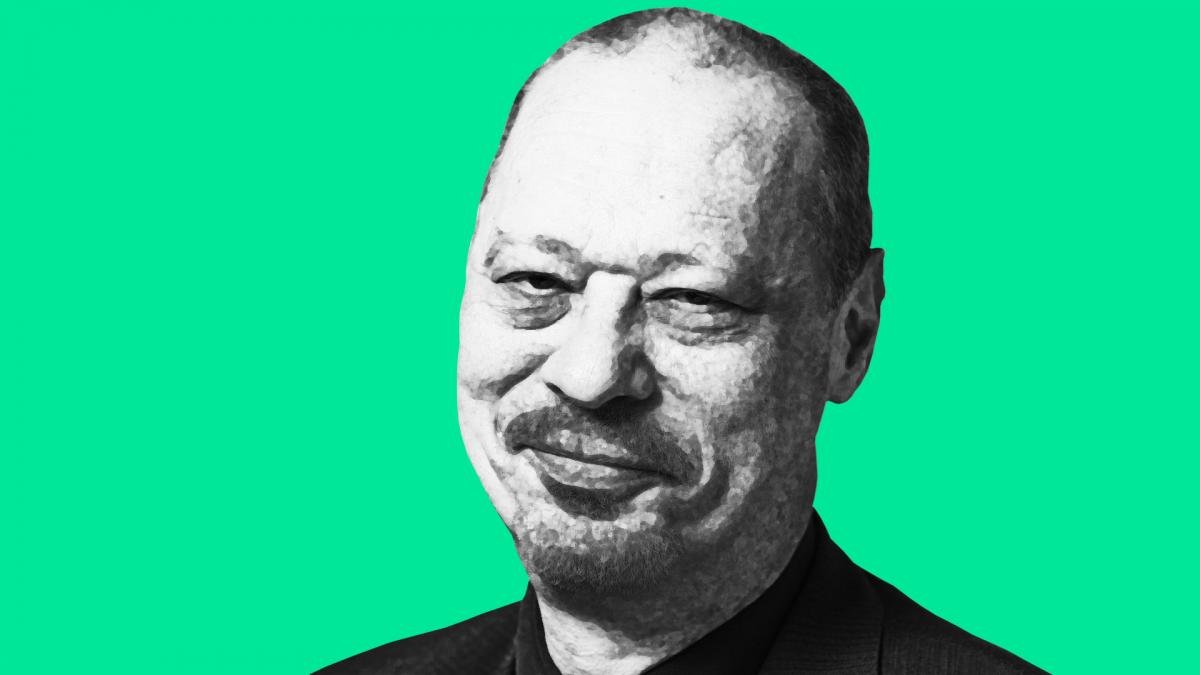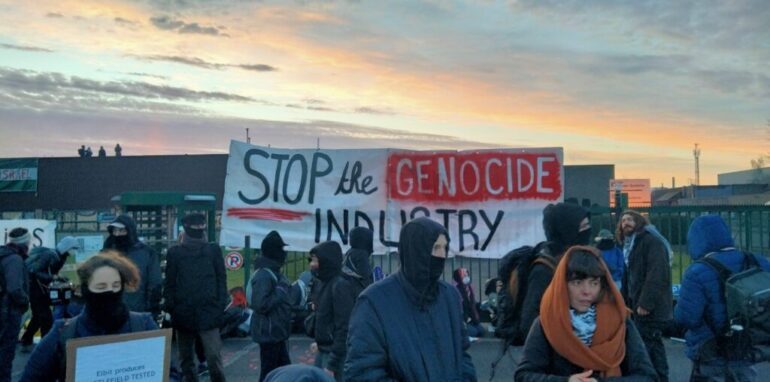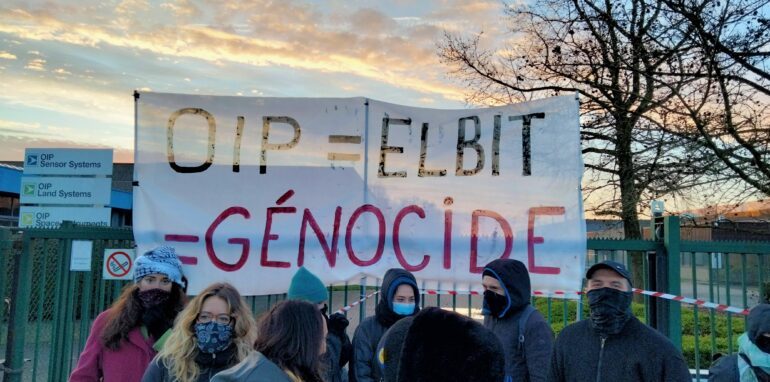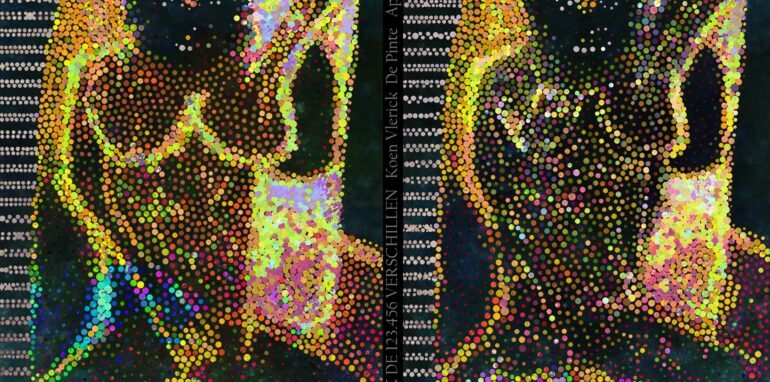Short Notes on Ethnographic Technique (SNOET) 1: Two layers in the Ethnographic Interview[i]
Jenny-Louise Van der Aa[ii] & Jan Blommaert[iii] (2021).
The ethnographic interview contains two layers in analysis, layer 1 and layer 2.
(1) Provides ‘information’ on a particular research topic; ‘what’ people say on a topic‘;
(2) Provides interactionally organized talk on a topic; ‘how’ people talk on a topic
The second layer provides us with pragmatic and metapragmatic orientations
An example:
Finnish rapper BWA[iv] (Westinen & Van der Aa, 2021 frth.)
Interviewer: So… you consider yourself Finnish or African?
BWA: Verse I
I’ve just been going everywhere,
so I don’t really have like
– okay, my– maybe I can say
that my roots are from Kenya,
but am I maybe I’m just a European, you know.
I don’t know,
I don’t know what to categorize myself as.
Verse II
I did another interview also
and I explained to them
that I really didn’t know.
Am I Afro-Finnish,
am I just European (laughs)
or am I African, like,
it’s a category that I have to figure out at some
Attention to layer 1 gives us an image of the confusion and diversity surrounding BWA’s identity. However layer 2 tells us the following:
-Africa is central in both verses, it is also the first thing that comes up. -In both verses, the ultimate line draws onto the ontology of categorization.
-Both verses contain seven lines, which is belonging to a 3/5 pattern, exceptional in standard English (2/4 pattern), but not uncommon in Black Englishes (AAVE has a 3/5 pattern)[v].
-Both verses show a structure of confusion in the outcome (lines 5-7 in each verse), with an onset (lines 1-3 in each verse) of doubt (“I don’t know”, “maybe”) evoking a particular chronotope, that of the wanderer (“I am going everywhere”, “in another interview”…) and an ongoing of African-ness (lines 4 in each verse).
Attention to layer (1) only gives us denotational, abstract, quantifiable information. Layer (2) yields real data, namely the sociocultural embedding of certain topics. There is also a clear influence from the interviewer & genre
In all: we have a social and cultural distribution of knowledge through the second layer.
[i] These reflections are partly based on unpublished notes by Jan Blommaert, undated.
[ii] KU Leuven
[iii] † 2021, Tilburg University
[iv] BWA was interviewed by Elina Westinen in early 2021 for her postdoctoral work funded by the Department of Culture, University of Jyvaskyla, Finland.
[v] See for further elaboration on the Hymesian patterning system: Van der Aa, J. (2020). Two types of narrative patterns. Tilburg Papers in Culture Studies 248.















